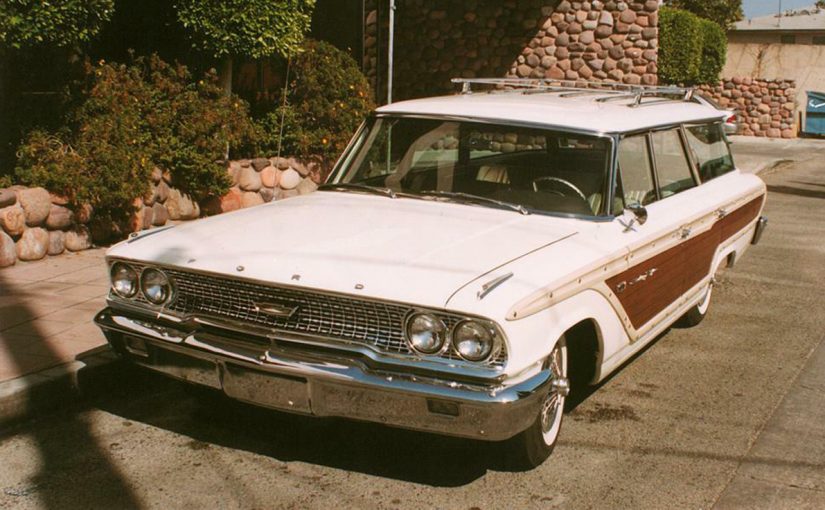Back in college (waaay back), a friend had a poster tacked to her desk’s bulletin board, sort of encapsulating the typical student attitude.

When I works, I works hard.
When I sits, I sits loose.
When I thinks, I falls asleep.
Yup.
We could joke about it then, because we were doing all three at the same time, each of us at our dorm desks or in the Boyd Lee Spahr basement after hours or in some lounge somewhere.
For students, thinking was work, work we could be proud of, work that even now we look back on and wish we had done more of, or done differently, or done at all. For students, thinking was going to lead to action, and many, many of my contemporaries did indeed turn those thoughts away from Morpheus and instead toward Hermes or Ares.
Since then, Morpheus seems to be in favor again.
It’s difficult to listen to what passes for political-economic discourse these days and not sigh, let alone despair.
We’ve descended into sixth grade, where eggheads are mocked and the notions of academic achievement and intellectual work are belittled in favor of manual labor.
This is not a model for success in the 21st century. It certainly wasn’t in the latter half of the 20th.
 To be clear: There is extraordinary dignity in manual labor, done by folks who bathe after their day’s assignment, and not beforehand.
To be clear: There is extraordinary dignity in manual labor, done by folks who bathe after their day’s assignment, and not beforehand.
There is a great sense of achievement in having something physical to show for eight hours or more of sweat and aching muscles.
 But those opportunities are disappearing, disappearing fast. And they’re vanishing quicker than they can be replaced by something equivalent — unlikely — or something that requires retraining. One of those “when I thinks, I falls asleep” opportunities.
But those opportunities are disappearing, disappearing fast. And they’re vanishing quicker than they can be replaced by something equivalent — unlikely — or something that requires retraining. One of those “when I thinks, I falls asleep” opportunities.
We do everyone a disservice when economic policies (see how I avoided mentioning “trade war” or “tariff” here) focus on manufacturing or manual labor and diss intellectual efforts.
Agent Gibbs may be building yet another boat in his basement, but he always dopes out a plan when he is chasing a murderer or terrorist. And, besides, there are plans for that boat, too, even if they’re up in his gray matter.
Skilled craftspeople can fashion a deck or a desk or a dock with a carpenter’s square and a tape measure, but that’s because they’ve worked with enough sets of diagrams and schematics that they can infer a new set for the current circumstances.
In short, there’s always a plan.
That plan qualifies as intellectual property. On paper, on a hard drive, in the human mind, that plan came from thoughts and calculations and formulas, and lives on as thoughts and calculations and formulas that can be duplicated and extrapolated and improved upon.
Thoughts and calculations and formulas that came from intellectual pursuits first, and actions second. Think, then act.
I don’t care if X, Y or Z is manufactured in America as much as I care whether or not it was conceived here, designed here, if the manufacturing process was fashioned here. That’s the value in this equation.
When I hear how these so-called trade policies are supposedly designed to bring jobs back, I scoff, because if more of these items are again made here, they’ll be made by machines. Assembled by automatons. Riveted and ratcheted by robots.
And that’s only if Americans design the processes, the automation to achieve this. Because no American in Wisconsin — native, native-born or immigrant — is going to work for the same pittance that Foxconn pays in Taiwan. And if Foxconn does indeed do any manufacturing here, they’ll want extreme efficiency.
The solution must be a greater reliance on the kind of intellectual growth that teaches critical thinking, not how to pass standardized tests.
Here’s another example:
Amazon is asking its workers to quit and start their own delivery services, to get work from Amazon. That’s in part because Amazon is rolling out machines that can pack delivery boxes 12 times faster than humans. There’s no arguing with efficiency.
It takes savvy to run your own business, and even one seemingly as simple as a delivery service has levels of complexity that call for brains.
The Luddites failed 200 years ago. They will fail even more spectacularly now, because these weaving machines are infused with artificial intelligence over and above their artificial brawn.
To love our workers, to deliver jobs, jobs, jobs, we must teach, teach, teach and teach some more.
And when we thinks, we needs to stays awake.
























